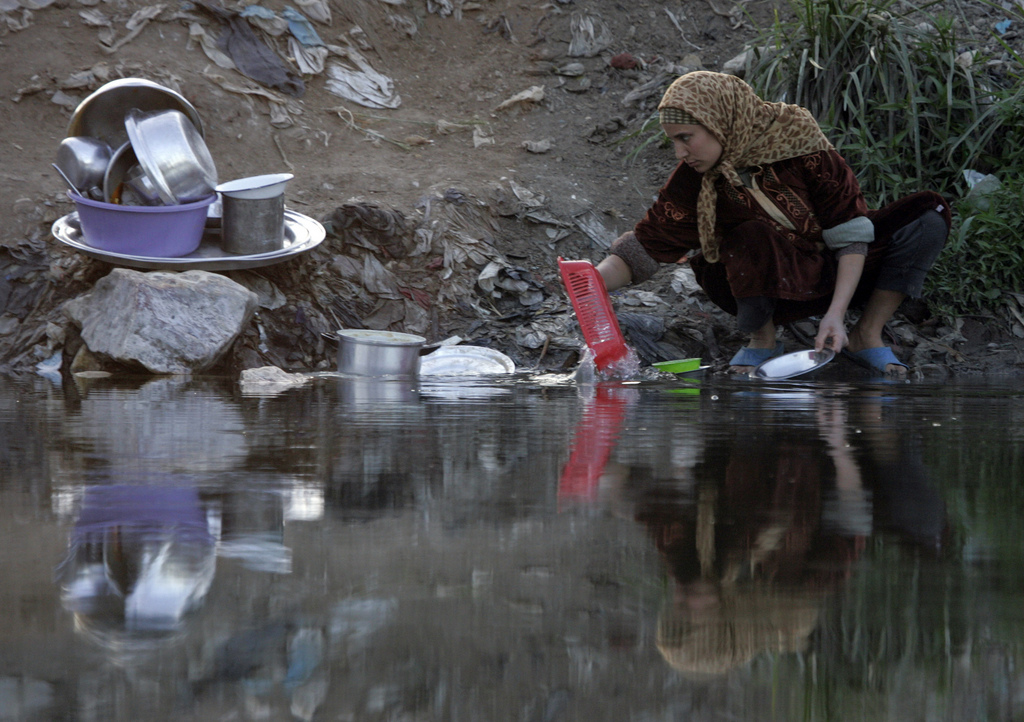Bassita, a click-funding initiative famous for its social media awareness campaigns, introduced the ‘VeryNile’ initiative on Saturday, in a bid to solve Egypt’s Nile pollution by creating a sustainable ecosystem that recycles the plastic and waste collected from the river. VeryNile’s first event on December 15th saw 200 volunteers from more than 20 organisations including governmental entities, NGOs, private sector, UN Organisations and embassies gathered to raise awareness through cleaning the Nile and its shores from solid waste. The initiative’s aim is to set up cleanup means that are efficient and environmentally sound in their removal of plastic pollution from aquatic ecosystems, in collaboration with local manpower. This event was launched in collaboration with Nile Taxi. ”How are we going to get rid of all of that plastic? VeryNile’s mission is to create highly efficient removing tools such as floating dams or cleaning robots. But all that would be useless if we don’t stop throwing plastic everywhere,” expressed Salem Massalha, Bassita’s co-founder. What causes the pollution? Although the Nile river is one of Egypt’s most important natural assets, its level of chemical and solid waste pollution is palpable and has…



